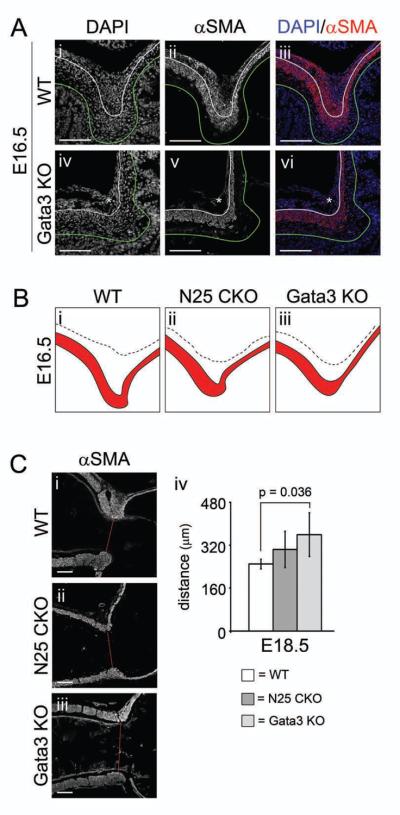Figure 5. Gata3 is required for formation of the dorsal pyloric OLM; absence of Gata3 or loss of Nkx2-5 alters ICM shape and pyloric sphincter constriction.

(A) Immunofluorescence of (i–iii) WT or (iv–vi) Gata3lacZ/lacZ (Gata3 KO) pylorus at E16.5: (i,iv) DAPI; (ii,v) αSMA; or (iii,vi) merged. Germline deficiency of Gata3 results in nearly complete absence of αSMA positive cells in the dorsal pyloric OLM (asterisks in Aiv–vi). (B) Tracings of the pyloric ICM (red) and OLM (white area defined by the dotted line) in WT, CAGGCre-ER™;Nkx2-5flox/flox (N25 CKO), and Gata3 KO mice at E16.5. Subtle but reproducible changes occur in the shape of the ICM in N25 CKO and Gata3 KO mice. (C) αSMA immunofluorescence of (i) WT, (ii) N25 CKO, or (iii) Gata3 KO pylorus at E18.5. Compared to WT, the pyloric sphincter constriction is somewhat reduced (wider) in N25 CKO animals and significantly attenuated in Gata3 KO (sphincter constriction measurements are shown in Civ). Stomach is left; duodenum is right; and, dorsal is top. Green lines mark the epithelial basement membrane, and white lines separate ICM and OLM. Red lines in (Ci–iii) denote width of pyloric sphincter constriction. Asterisk = dorsal pyloric OLM. Scale bars = 100 μm. Error bars represent one standard deviation from the mean.
